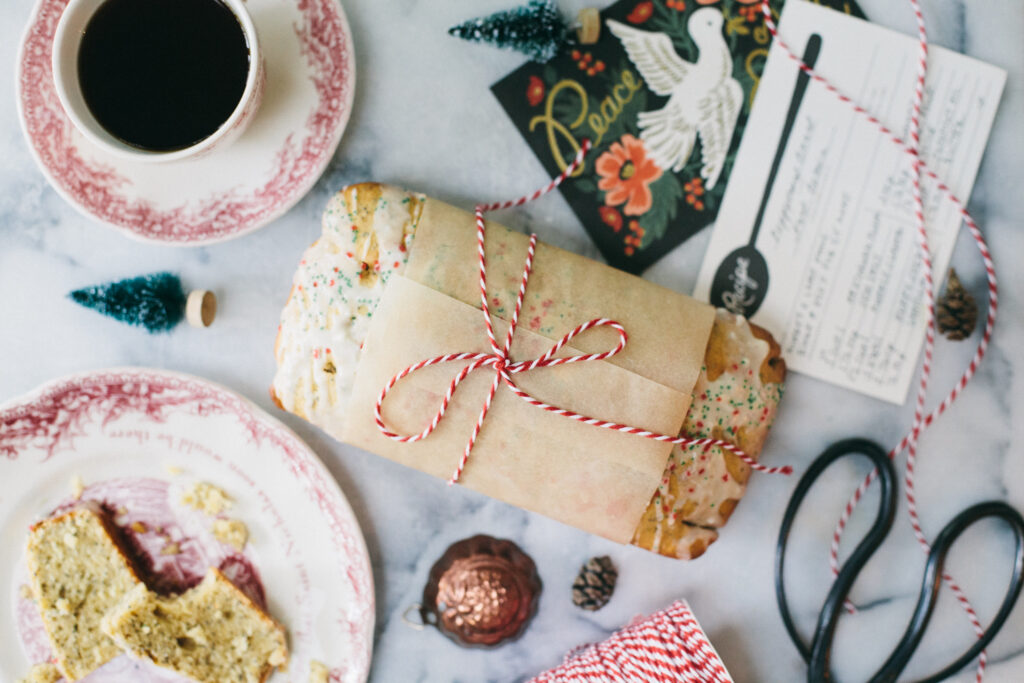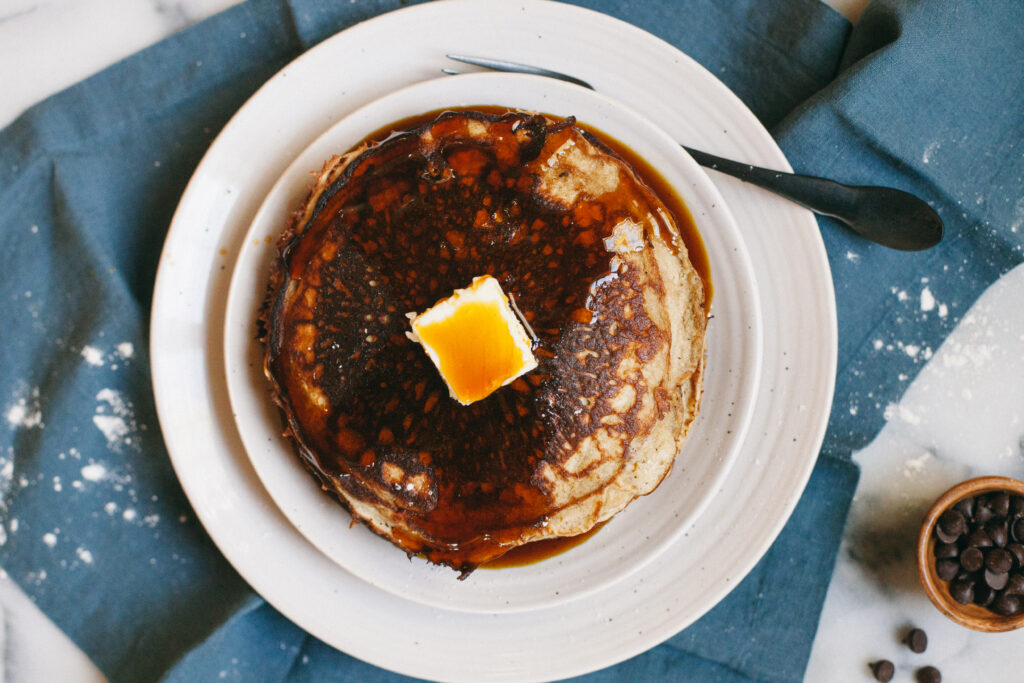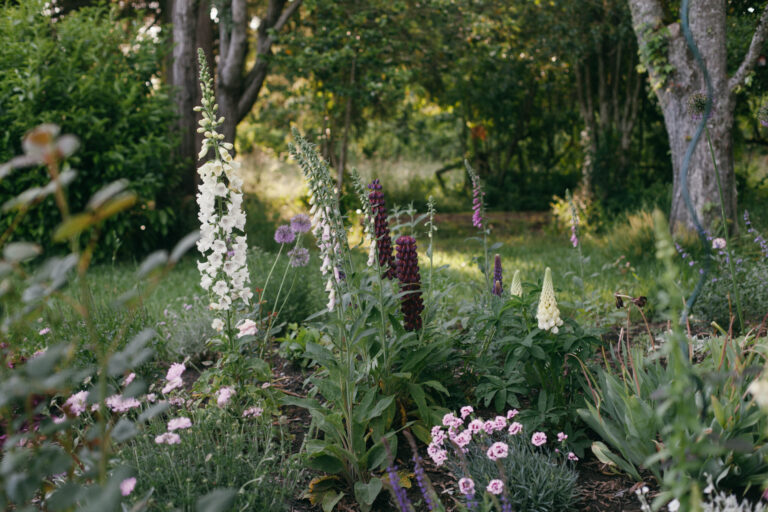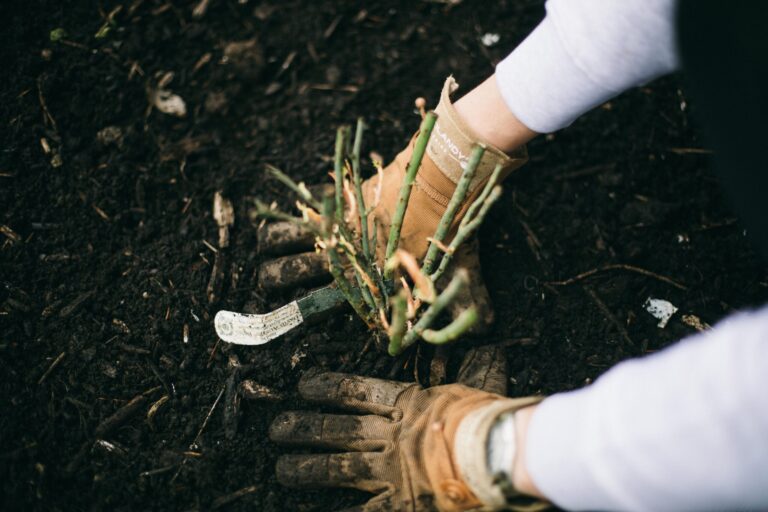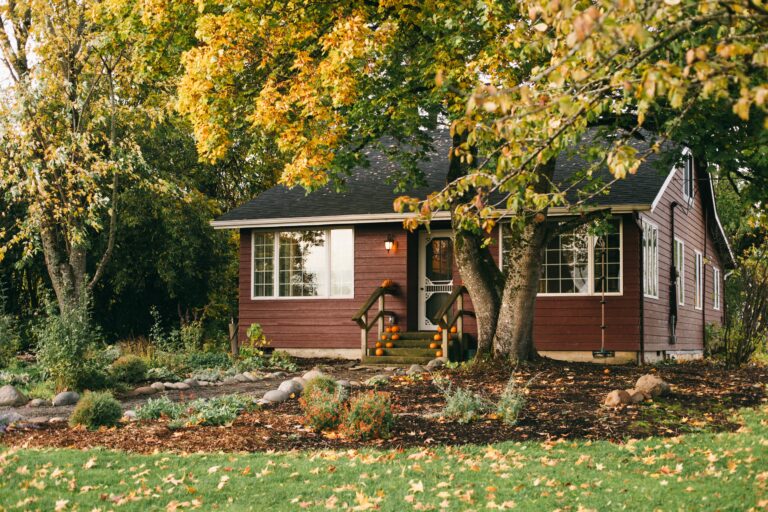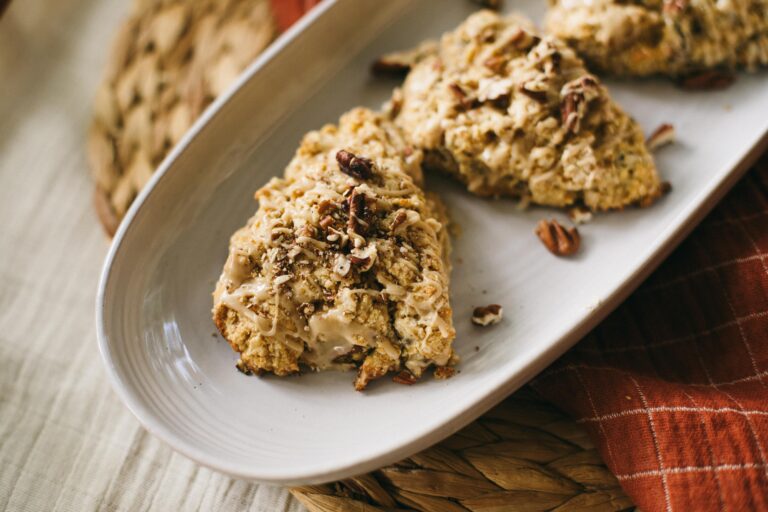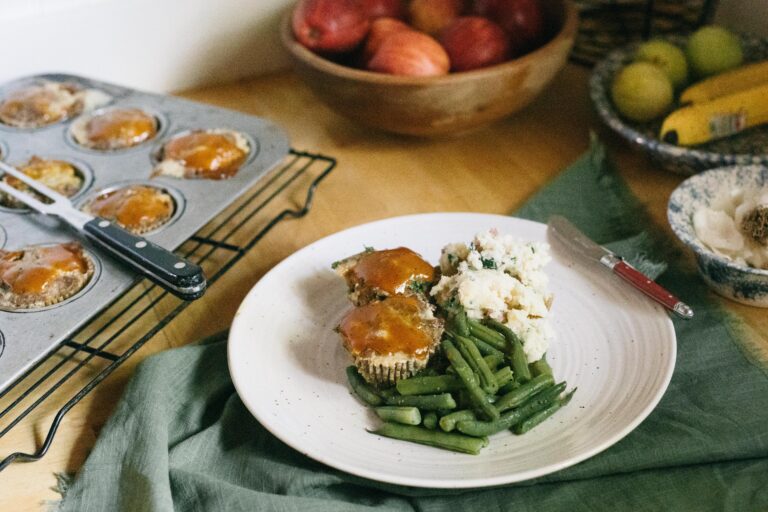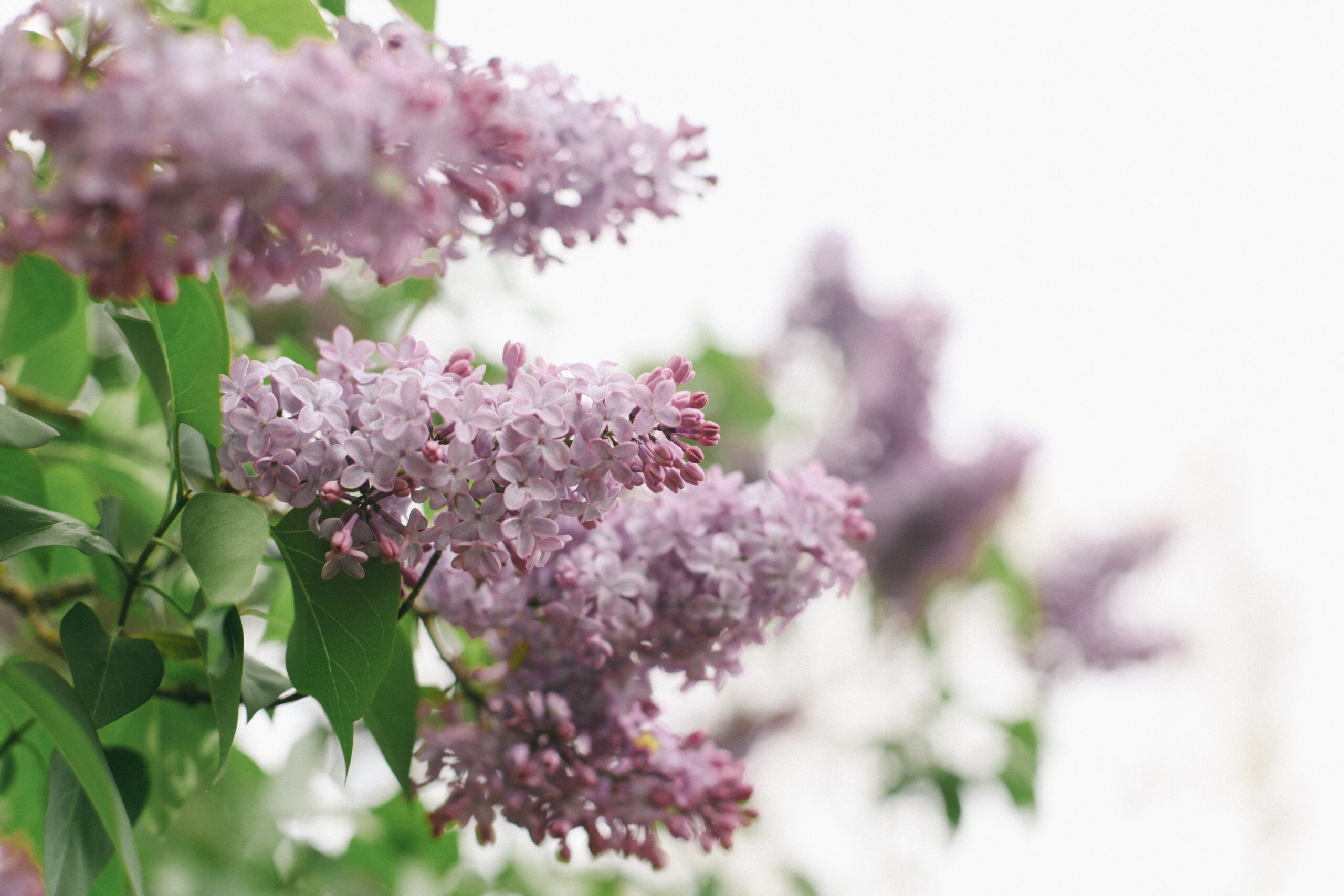
Lilacs always remind me of Anne of Green Gables. With a heady perfume, delicate blossoms and perfectly pastel colors, they’re just pure romance. One of the major selling points of our property was the handful of ancient lilac trees lining the driveway and alongside the cottage. Every Spring I cut bunches and bury my face in them.
The only downfall of lilacs? They are so fleeting. They come and they’re gone, just like that. Sometimes tricky to care for, they have strong opinions about where they live and are even more challenging to cut and bring indoors. So how are you supposed to enjoy them to the fullest!? Let’s dive into all the secrets of growing beautiful lilacs.
When do lilacs bloom?
Obviously this will depend on where you live and which growing zone you are located in. It can also depend on which variety of lilacs you have. Most varieties will bloom somewhere between late April and the end of May. Imagine if you had a lilac of each variety and managed to have blooms that entire period. A girl can dream.
What are the best kind of lilacs?
A tough question to answer, mainly because it kind of depends on what you are looking for. And also because there are hundreds upon hundreds of varieties.
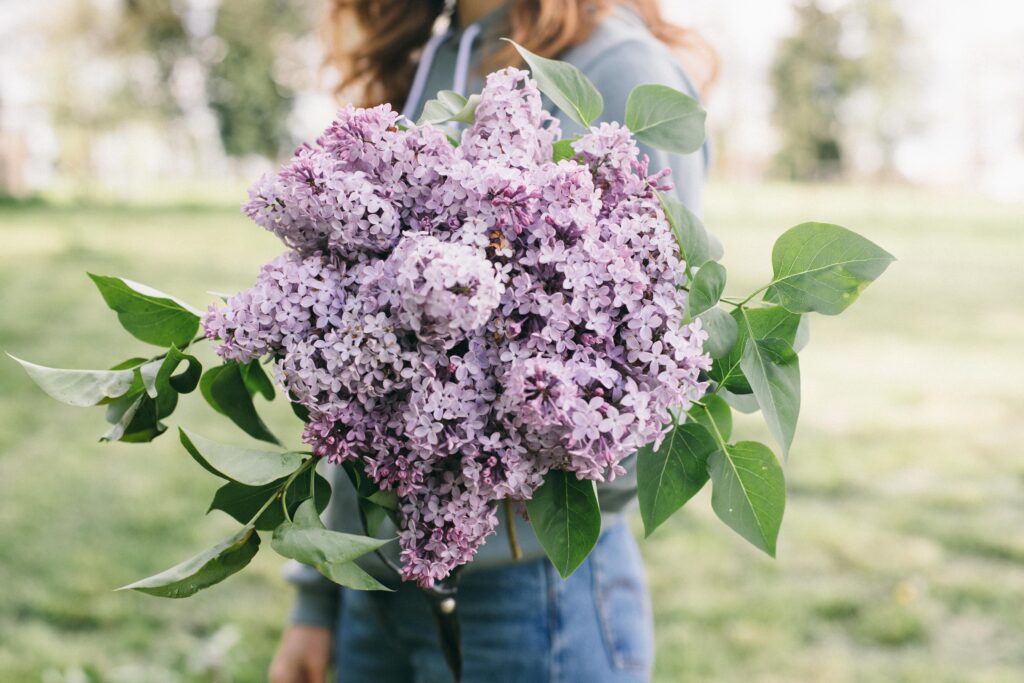
Things to think about when choosing a lilac plant:
- Fragrance. Scent is a big one for me. I want to be able to smell those blooms within quite a large radius. When I bring them indoors, I want the whole room to hold their sweet fragrance. Many varieties are beautiful but hardly smell, so do your research! Go smell them at a nursery when they are in bloom and write down the ones you liked. But don’t plant them til Fall!
- Color. This might the biggest factor for me personally. While they are lovely in their own way, I’m not such a fan of the deep purple, almost grape-juice colored varieties. Also not big on the variegated colors or pinks. Give me that textbook lavender with the big, billowy blooms every time. Creamy white does the trick as well.
- Height. Lilacs are often used as a hedge of sorts, so many of the old homesteads around us- including our own- have walls of ancient lilac bushes. Always check the plant tag to make sure you are fully aware of how tall the plant is supposed to be.
- Bloom time. As I mentioned earlier, lilacs can bloom anywhere between end of April and late May. Knowing when they might show up ensures you won’t miss a second!
- Vase life. I never used to think of lilacs as good cut flowers, but Erin of Floret changed my mind. Her book Cut Flower Garden opened my eyes to the wonders of lilacs so many years ago, and I’ve never looked back! Choose varieties you know will last inside.
Some of my favorite lilac varieties
Here are a few lilacs I have loved and purchased in the past.
- Charles Joly. A deep, almost red wine color these lilacs are actually really lovely in arrangements with the first flush of Spring roses. Tending a little more towards the warmer colors, they hint of sunny Summer days ahead.
- President Grevy. Shown in the images in this post, President Grevy is that perfect shade of lavender. Growing 10-12 feet tall, you’ll want to give this baby plenty of space. But oh how glorious it is to have a 10 foot lilac!
- President Lincoln. Referred to as “Wedgewood blue,” this lilac borders on periwinkle, which I love. We had these at our first home and though they were still young when we moved, they were so pretty every Spring.
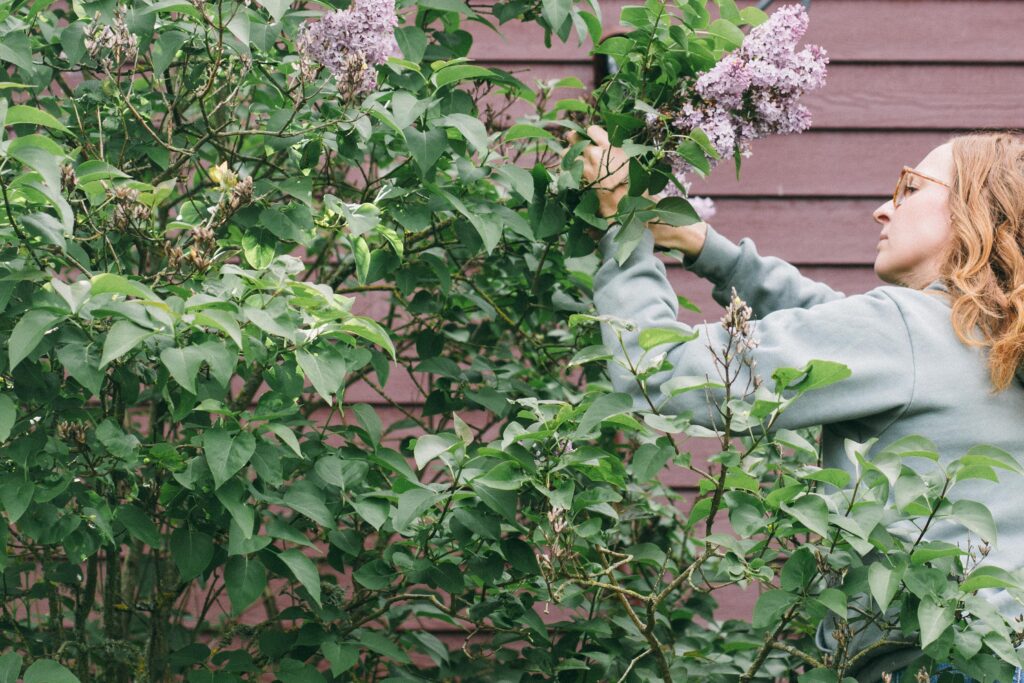
Pruning your lilac bushes
Pruning is one of those things that people have a wide range of opinions on. And I will confess that I have not always been a diligent pruner. Our lilacs are so large that it requires the use of an orchard ladder to get the job done. But I will warn you, the years I have been too lazy to give them a haircut, they have produced significantly less blooms.
- Prune all over. If you don’t prune all over the plant, lilacs will only bloom at the very top. That’s not the look you’re going for!
- In Summer? Unlike many other plants, lilacs set the next year’s blooms in the Summer. This means you need to get on it and prune right after they flower! Any easy way to do this is to remove any spent blooms once they’ve turned brown.
- Remove the wonky bits. Any branches that look wonky, weak, sick or out of place can be removed. Especially if you are using your lilac as a hedge, shaping is important. Pruning the unhealthy bits will make room for new growth!
- Long stems for cutting. If you, like me, dream of harvesting the biggest bundle of blooms every Spring, you want to prune long stems. Cut all the way back to the joint of the stems (where your stem comes out from another).
When should I plant lilacs?
Ok, don’t hate me, but Spring is not the time of year to plant lilacs. Which is SO HARD because you’re surrounded by them, dreaming of having your own and so in the spirit of all things lilac-y. But hold steady my friend. Spend the summer researching your most coveted varieties, and when Autumn comes, pull the trigger!
Also, do not panic if your lilacs don’t bloom for a few years. Sometimes it takes them 3-4 years to make themselves at home. I never prune my bushes the first 3-4 years to let them get settled in.
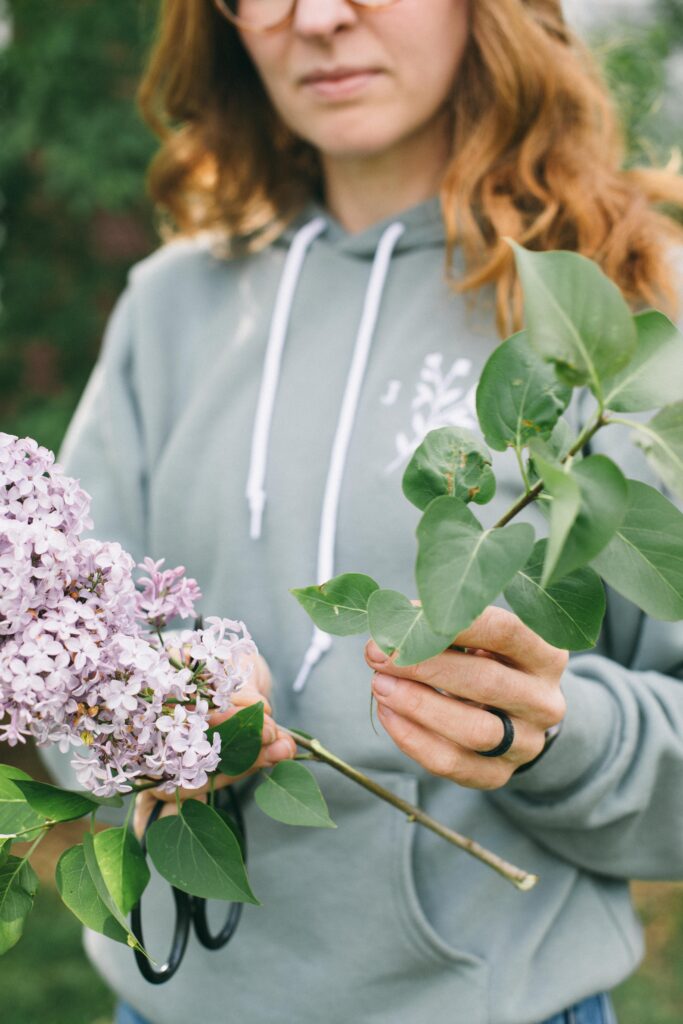
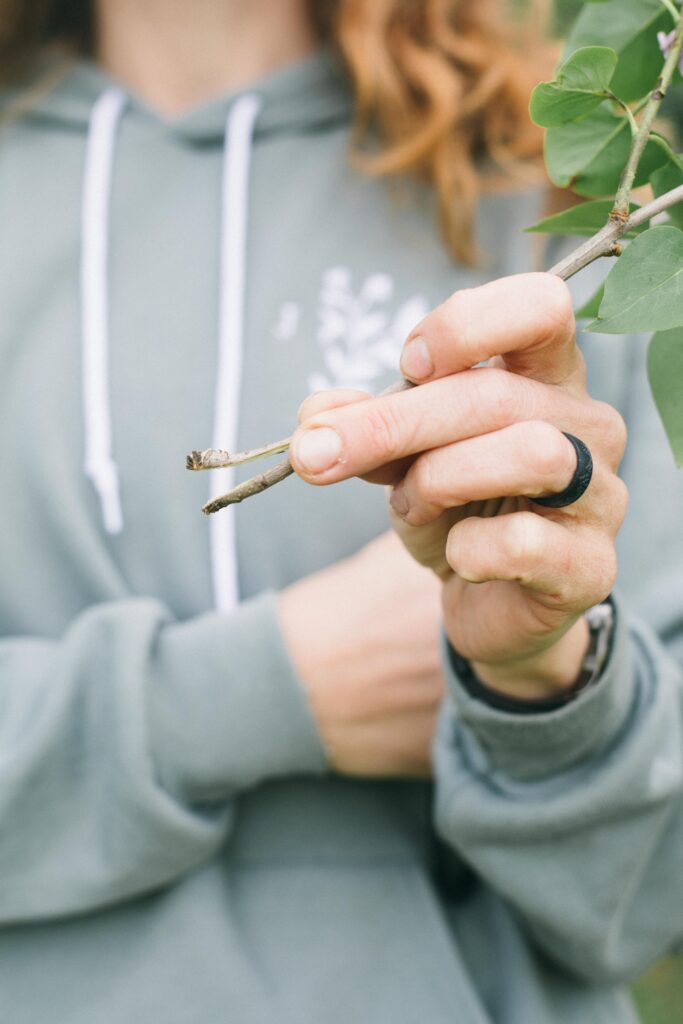
Lilacs as cut flowers?
As I mentioned earlier, before Floret it never occurred to me to use lilacs as a cut flower. Probably owing to the fact that the first few times I cut the beautiful stems, they withered away before my very eyes. But if done right, lilac arrangements can last a decent amount of time.
Here are a few keys to keeping lilacs lovely indoors:
- Cut them in the early morning or late evening when it’s cool. This is kind of a general rule of harvesting flowers for arranging, so file it away in the memory bank.
- Have a clean bucket full of cool, fresh water on hand as you prepare to harvest your blooms. As you cut the lilacs from the bush, cut a slit vertically into the main stem and pull it apart. Immediately plunge it into the water.
- Remove the leaves. This always feels like a slight tragedy to me because I LOVE the way lilac leaves look alongside their blooms. But your stems will waste all their energy trying to keep the leaves alive and have less life for the flowers. So ditch them. If like me, you love to arrange with lilac leaves, simply clip a stem of just leaves, cut its stem vertically as well, and stick it in the vase with your flowers.

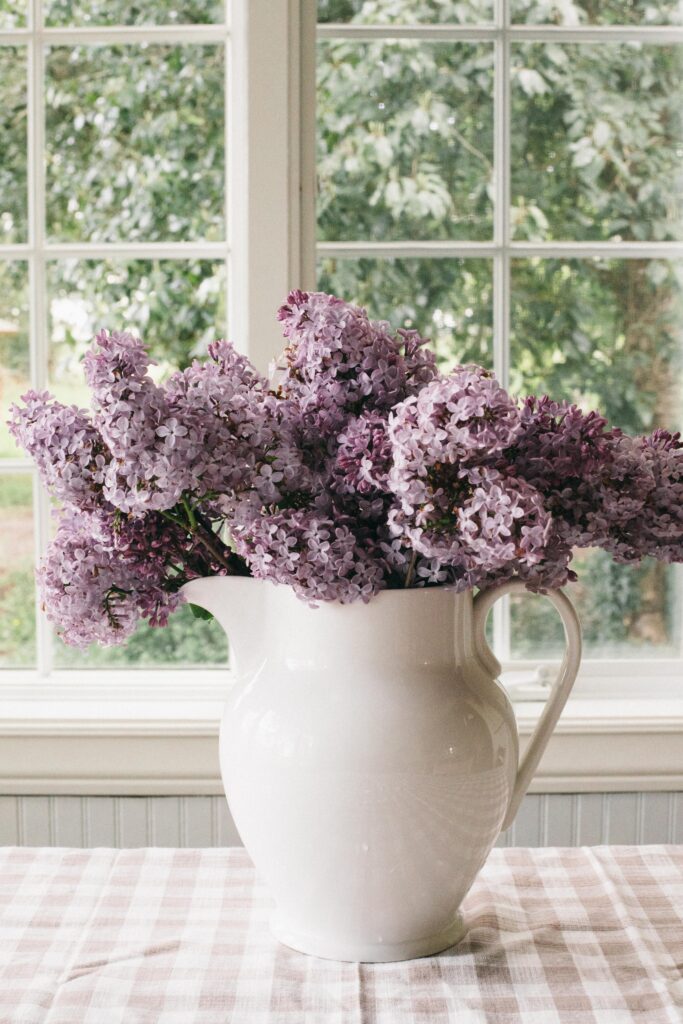
Other uses for lilac blooms
Thanks to their heavenly fragrance, lilacs are used in a myriad of other ways besides in gardens and flower arrangements. Here are a few other ideas for utilizing your blooms.
- Lilac Honey. This might be my favorite. Honey is already so floral, but suspending some lovely lilac blooms in the golden elixir is to die for. Drizzled on toast or yogurt, this lilac honey is a perfect way to start the day.
- Lilac Sugar. Couldn’t be more simple. Take a nice, high-quality organic sugar, a cute jar and a handful of washed (and dried) lilac blooms. Store them together for about a week and voila! A delicate floral sugar that can be used in beverages (lilac simple syrup anyone?), baking or tea.
- Lilac Lemonade. I would start with the lilac sugar, mix it with a bit of water to make a simple syrup (1:2 ratio, sugar to water), add fresh squeezed lemon juice, lemon slices and lilac buds. Let it all infuse in the fridge for a couple hours and whew baby, your Spring afternoon just got a whole lot sweeter.
- Lilac Tea. Last Spring I made fresh lilac tea with honey and lemon. It tasted as good as it smelled and I think you should probably go make some right this second. GO!
Share the lilac love!
Are you a lilac lover like myself? Do tell!
Leave a comment below with your favorite varieties in your garden, or the kinds you like to use for bouquets or in baked goods.
If you are just getting started on your lilac loving journey, pin this image so you can remember where to come in the fall when it’s planting time!

Kali
About Me
Hi! I’m Kali. Oregon mama, farmer’s wife and creator of the Potager book and blog. Join me and as we cook and garden the seasons!


